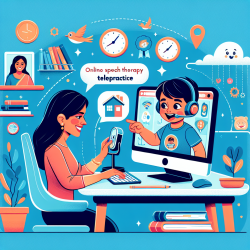Introduction
In the digital age, adolescents are increasingly exposed to the risks of nomophobia (the fear of being without a mobile phone) and addictive use of social media. Recent research highlights the significant impact these factors have on sleep health, particularly insomnia, among adolescents. Understanding these relationships is crucial for practitioners aiming to improve outcomes for young individuals.
Key Findings from the Study
The study titled Longitudinal Relationships between Nomophobia, Addictive Use of Social Media, and Insomnia in Adolescents provides valuable insights into how these elements interact over time. Conducted with 1098 Iranian adolescents, the research utilized a longitudinal design to assess the temporal relationships between nomophobia, social media addiction, and insomnia.
- Participants exhibited increased insomnia over three months, with significant associations between insomnia and both nomophobia and social media addiction.
- Nomophobia and social media addiction were identified as potential risk factors for insomnia, with their effects amplifying over time.
- The study emphasizes the need for targeted interventions to address these issues, potentially improving adolescents' sleep health.
Implications for Practitioners
For practitioners working with adolescents, these findings underscore the importance of addressing digital addiction and its psychological impacts. Here are some strategies to consider:
- Early Detection: Implement screening tools to identify signs of nomophobia and social media addiction early.
- Education: Educate adolescents and their families about the potential impacts of excessive digital use on sleep and overall health.
- Intervention Programs: Develop programs focused on promoting healthy digital habits and improving sleep hygiene.
- Collaboration: Work with educators and policymakers to create supportive environments that reduce digital addiction risks.
Encouraging Further Research
While this study provides a foundational understanding, there is a need for further research to explore these relationships in diverse populations and settings. Practitioners are encouraged to engage in or support research initiatives that expand on these findings, exploring additional factors such as cultural influences and the role of other digital behaviors.
Conclusion
Nomophobia and addictive use of social media are significant factors contributing to insomnia in adolescents. By understanding and addressing these issues, practitioners can play a pivotal role in enhancing the sleep health and overall well-being of young individuals. For more detailed insights, practitioners are encouraged to read the original research paper linked above.










